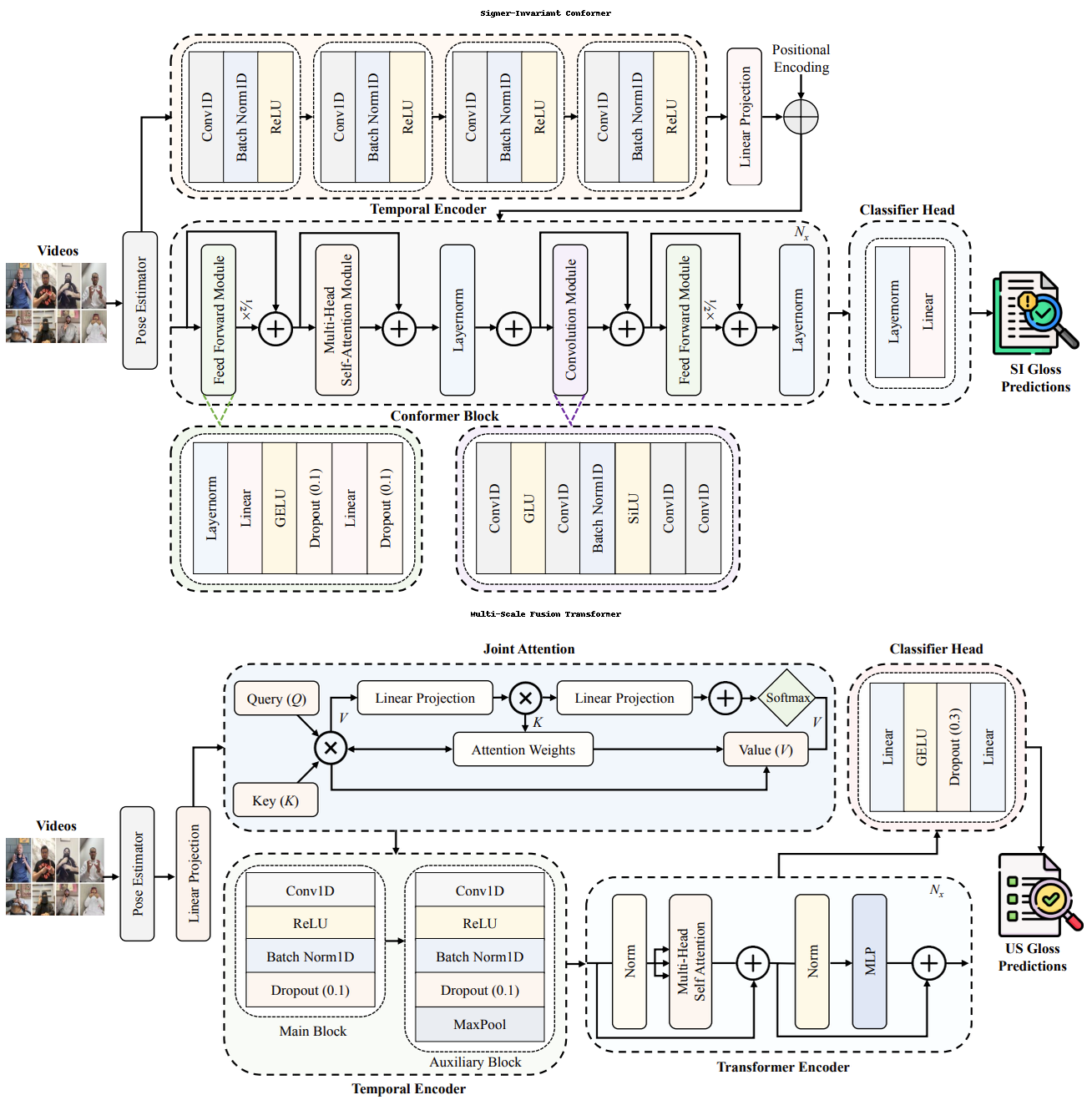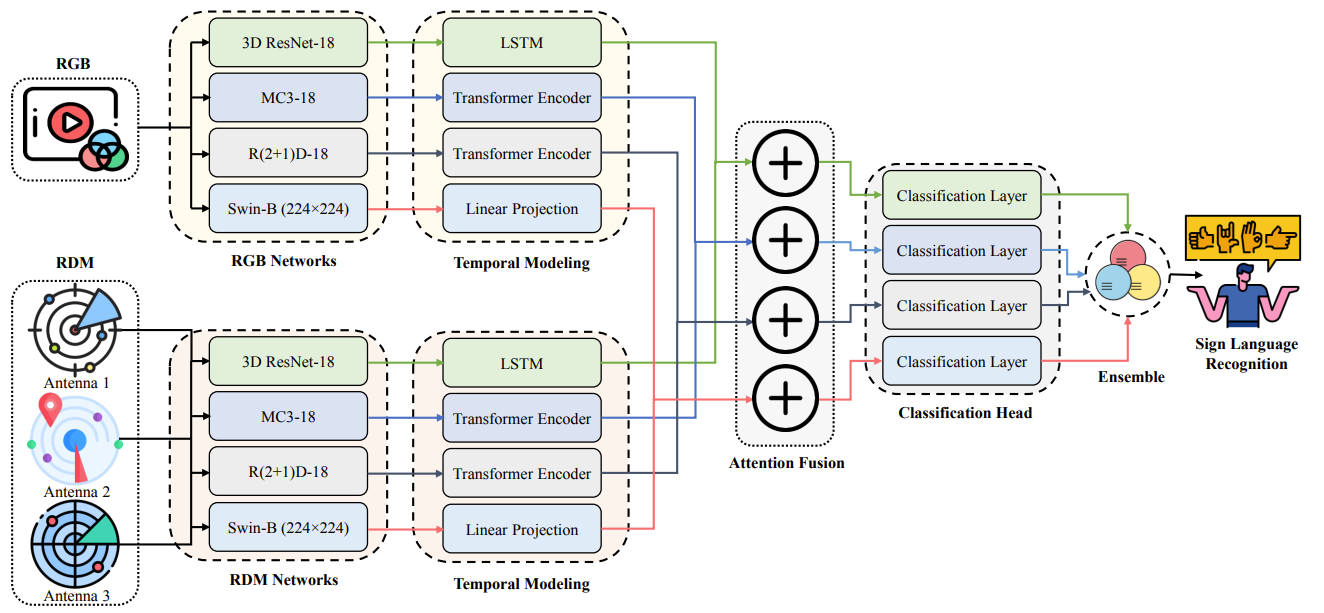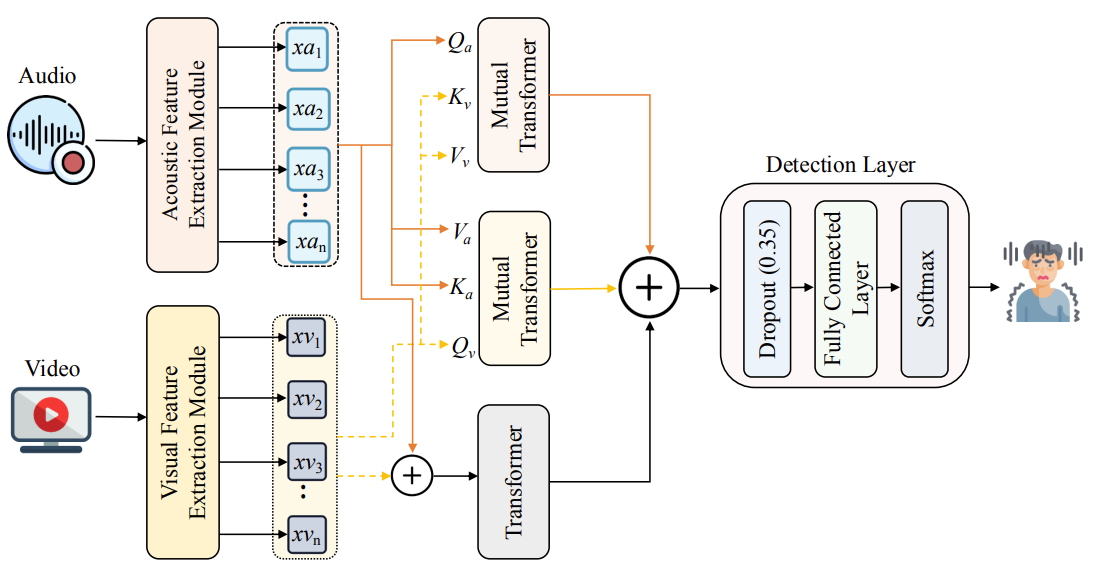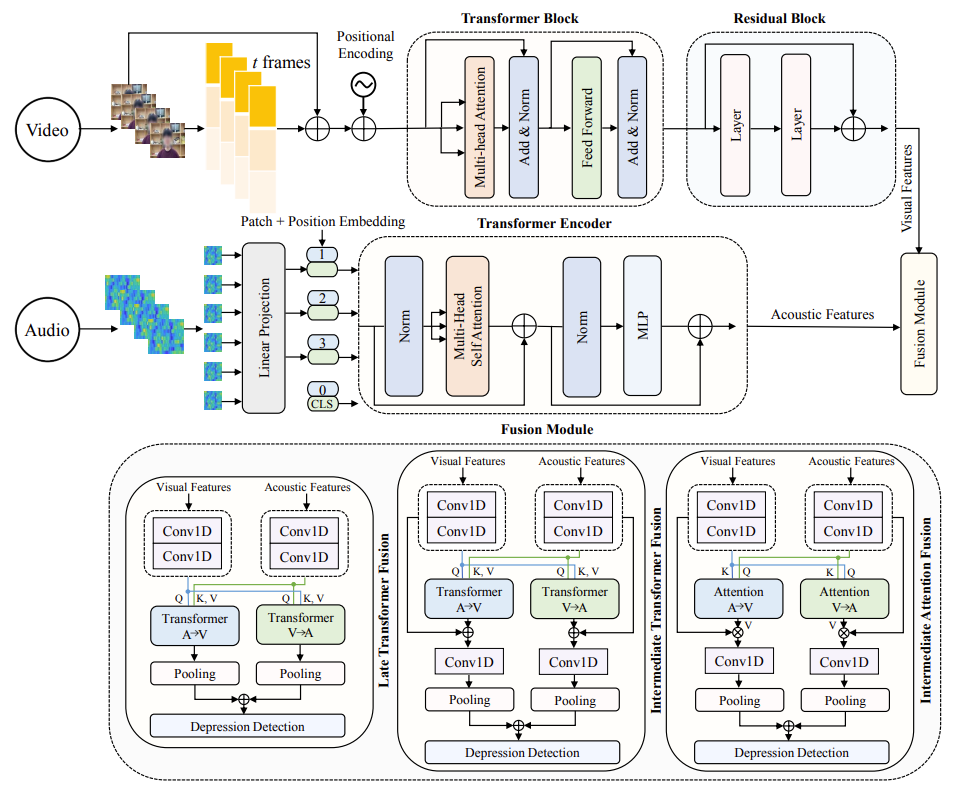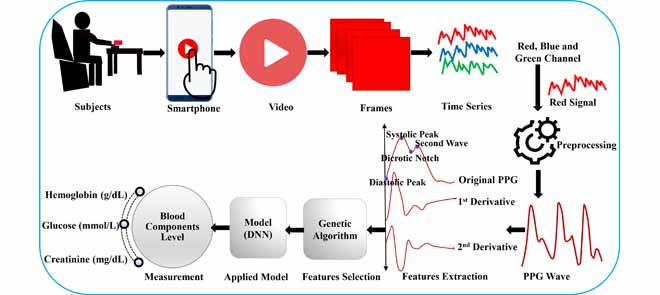Md Rezwanul Haque
MASc Candidate, University of Waterloo (UW), Canada.

200 University Ave W, Waterloo, ON N2L 3G1
University of Waterloo, Ontario, Canada
I am an MASc student in the Department of Electrical and Computer Engineering (ECE) at the University of Waterloo, Canada, working under the supervision of Prof. Fakhri Karray. As a researcher at the Centre for Pattern Analysis and Machine Intelligence (CPAMI) Lab, my work primarily focuses on Multi-Modal Machine Learning (MMML) and Large Language Models (LLMs).
I have a strong publication record in top-tier conferences and journals (ICCV, IJCNN, SMC, IEEE Access, Springer, Elsevier, etc.), and professional experience as a Machine Learning Engineer and Consultant. My research interests span AI, Deep Learning, Multimodal AI Agents, and Human-Centered Machine Intelligence. For my MASc thesis, I am actively researching the challenges and opportunities at the intersection of Large Language Models and Multimodal AI agents.
I am actively seeking a fully-funded PhD position for admission to continue my research in these areas.
